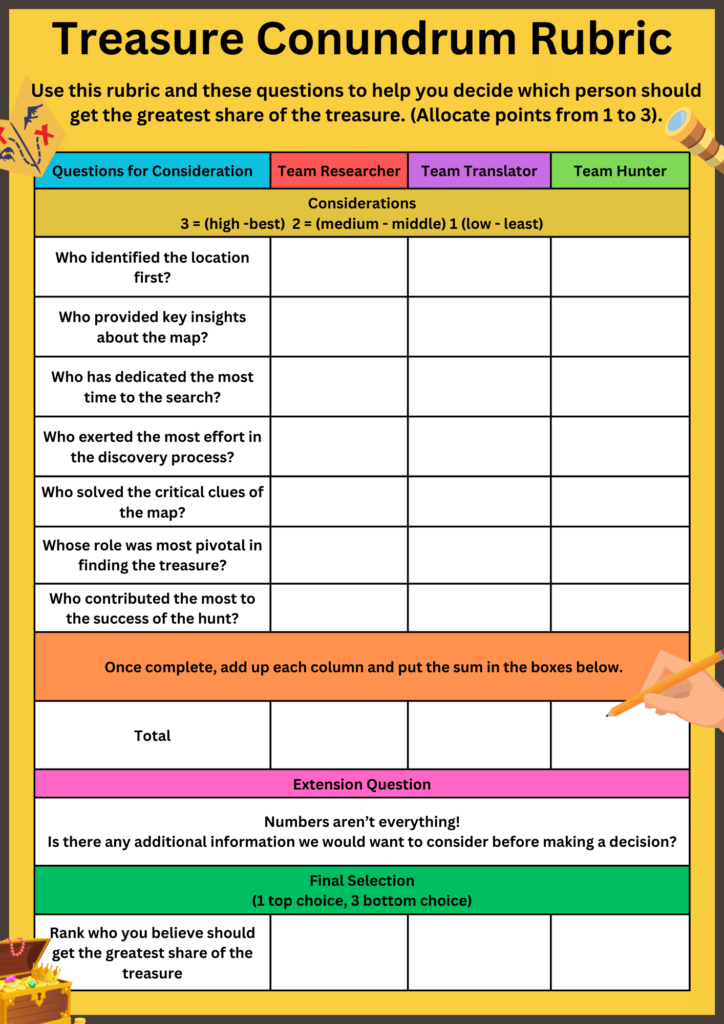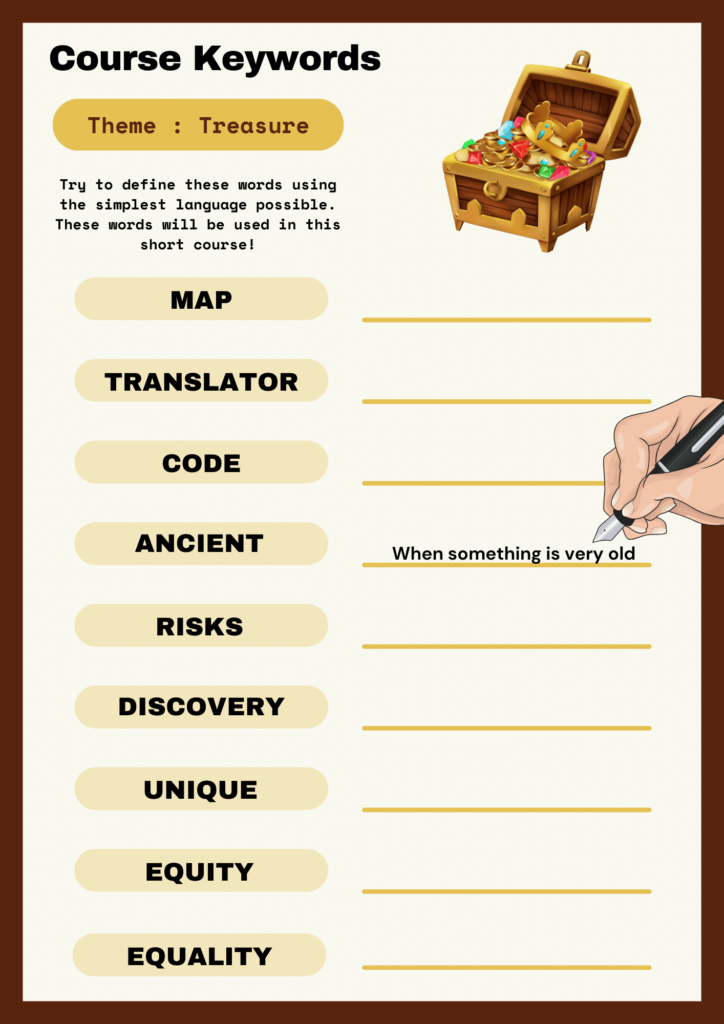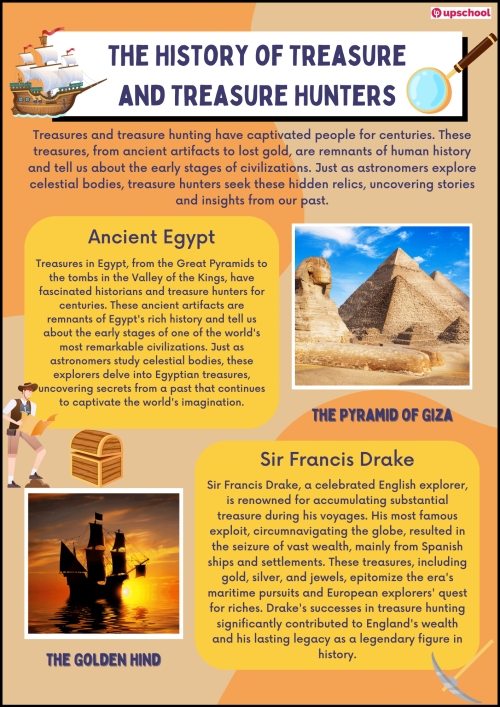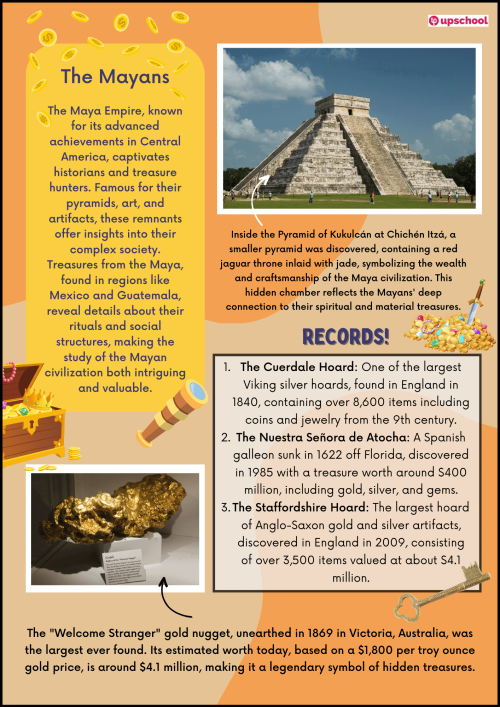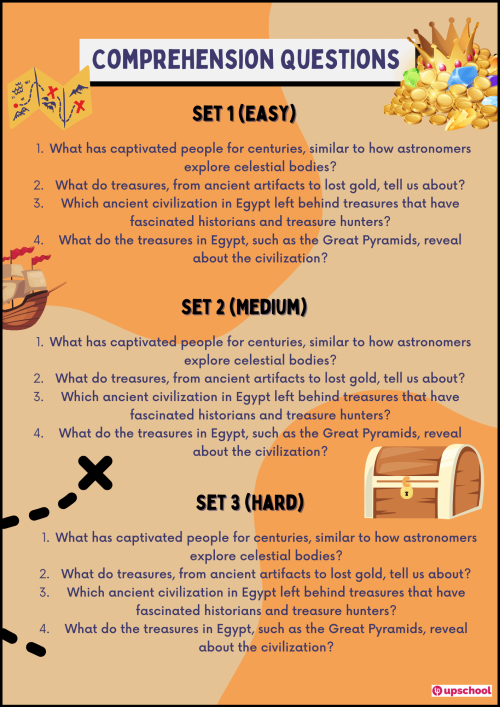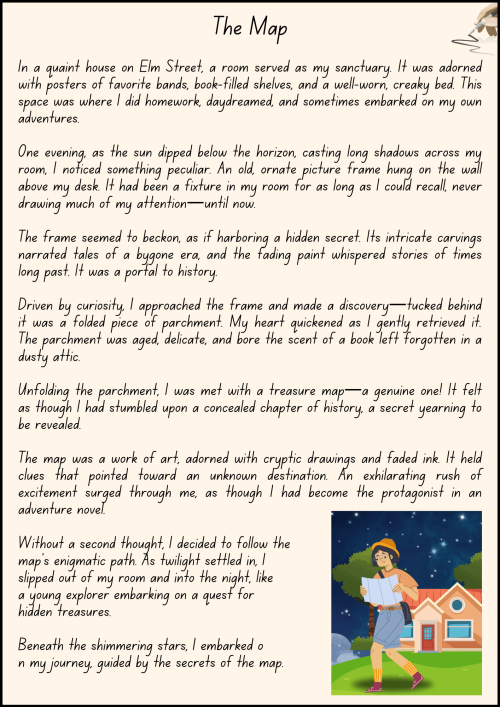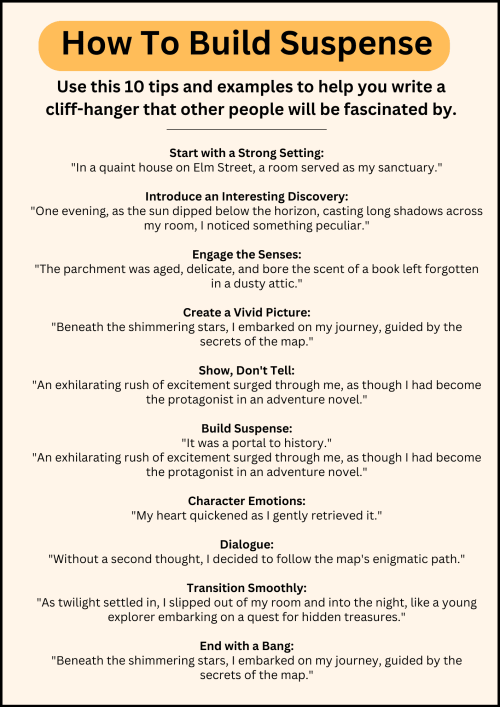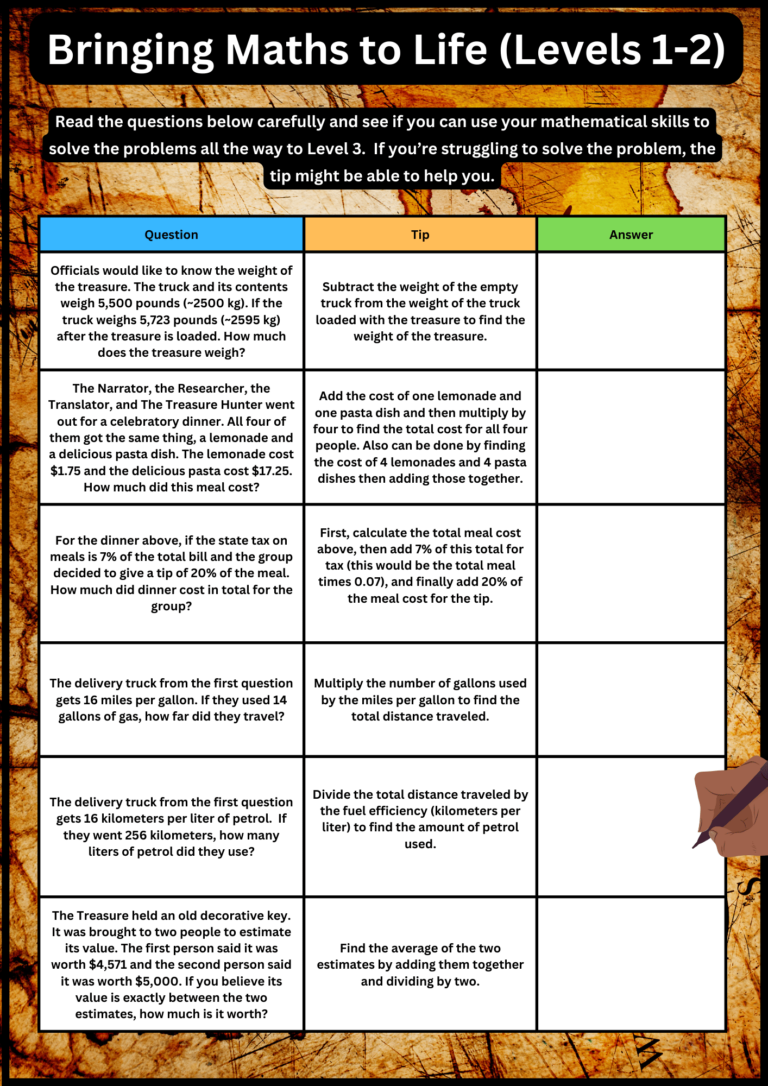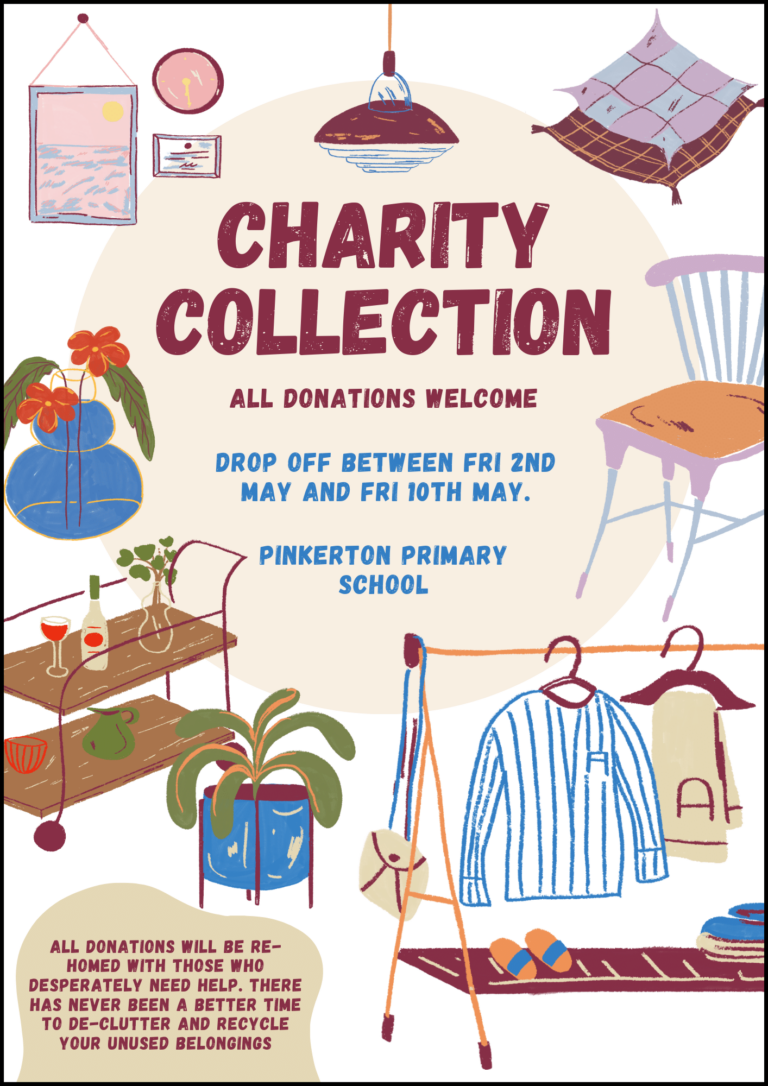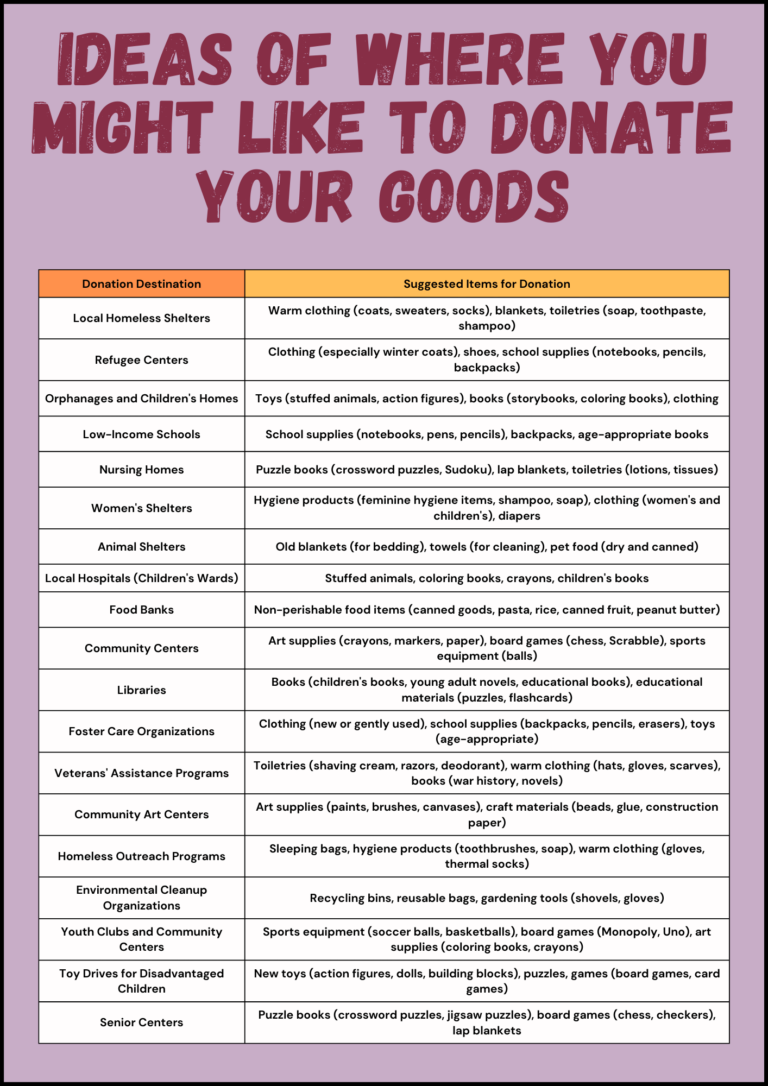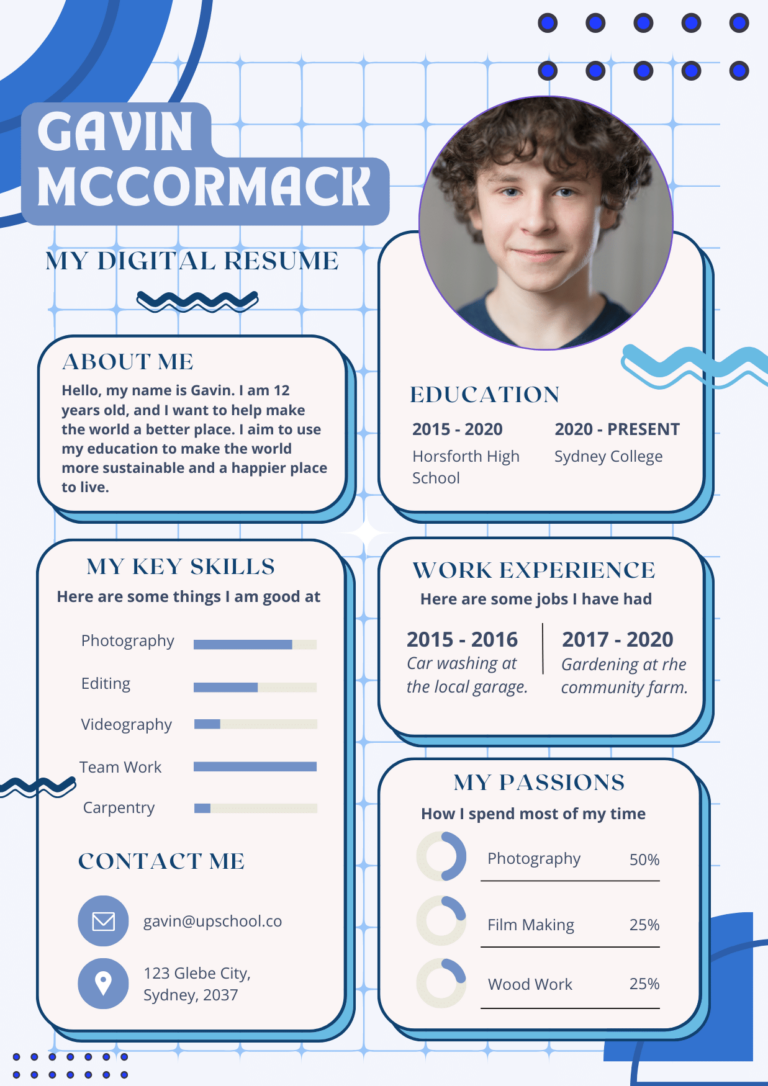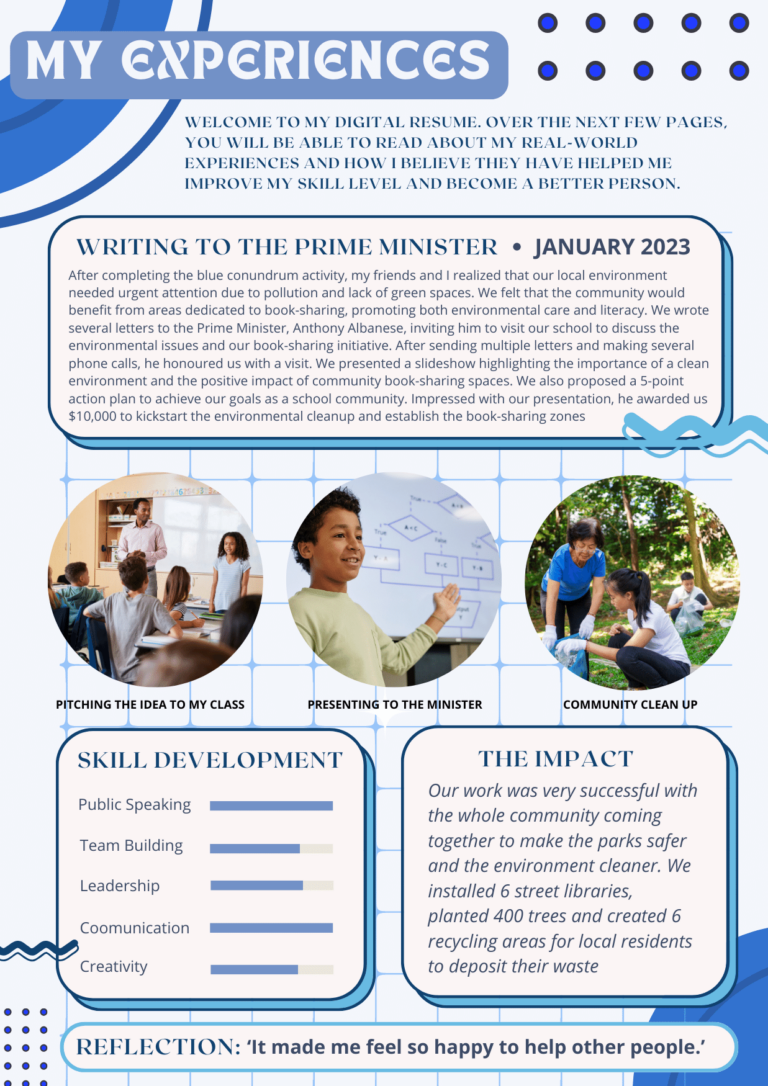Introduction
This week’s lesson is a dynamic exploration into the realm of treasure hunting, focusing not just on knowledge acquisition, but on stimulating critical thinking, fostering debates, and encouraging informed decision-making among our students.
Throughout the week, we will investigate the various aspects of treasure hunting, from historical contexts to ethical considerations. Students will not only learn about treasure hunting methods but will also engage in discussions and debates, examining the implications of treasure discovery.
As a practical exercise, students will analyze a scenario involving three key figures in a treasure discovery: the researcher, the translator, and the treasure hunter. They’ll be tasked with presenting different viewpoints on who deserves the greatest share of the treasure, encouraging them to use critical thinking and ethical reasoning. This activity promotes independent analysis and decision-making, focusing on evidence and diverse perspectives.
We’re excited to embark on this journey of discovery, where learning extends beyond mere facts to embrace the spirit of inquiry, ethical contemplation, and lively discussion.
Learner Notes
This week, we’re delving into the fascinating world of treasure hunting, where learning transcends mere facts—it’s about igniting debate, fostering critical thinking, and making informed decisions.
Our mission: to explore the enigmatic realm of treasure hunting, from its historical roots to its modern-day adventures. We’re not just skimming the surface. We’ll dive into the specifics, examine various treasure hunting methods, and discuss the impact of these discoveries on history and culture.
Throughout this week, you’ll not only become adept in the art of treasure hunting by researching everything related to this exciting field, but you’ll also engage in critical thinking. You’ll present different perspectives on treasure hunting topics to stimulate debates and decision-making among your peers.
Three individuals are going to uncover a legendary treasure, and your task is to decide who deserves the most credit (and the greatest share of the treasure).
Join us for an adventurous journey that broadens your knowledge while sharpening your critical thinking, debate, and decision-making skills. Prepare for an exploratory adventure of discovery and discussion in the thrilling world of treasure hunting!
Attention to Detail Challenge
This activity involves students re-watching a video to enhance their observation skills. They pair up, list numbers 1-15, and discuss before answering questions within a 10-second time limit.
It’s designed to encourage teamwork, quick thinking, and attention to detail, while also fostering a learning environment where practice leads to improvement.
Learner Notes
Having watched the video again, it’s time to gauge your powers of observation.
Pair up with someone, and once you’ve got a piece of paper and a pencil, list the numbers 1-10 to start.
Keep in mind, you can discuss with your partner prior to settling on your response, but you’ll only have 10 seconds to decide. Watch the clock in the upper right corner to track your remaining time.
Best of luck, and don’t stress over any mistakes – remember, perfection comes with practice.
Make up your Mind - Rubric and Discussion
In this activity, students work in pairs to select a camp from three options. They discuss and determine who should get the biggest share of the treasure and justify their choice with two reasons. They also explore why the other two options are excluded and analyze parallels to real-world decision-making. Finally, they share and discuss their conclusions with the class.
Learner Notes
Let’s partner up for an intriguing challenge! This time, your task is to decide who among three individuals should receive the most credit for finding a hidden treasure. Engage in a conversation with your partner to determine who deserves this recognition and delve into your reasoning behind this choice.
As you work through this decision, keep these points in mind using the rubric:
- Identify two compelling reasons why your selected individual should be acknowledged as the main contributor to the treasure’s discovery.
- Discuss why the other two contenders are not seen as the primary discoverers in this case.
- Reflect on how your decision might parallel the ways credit and recognition are assigned in real-world scenarios today.
After your discussion, we’ll gather as a whole class. Each team will have the opportunity to present their choice and reasoning, leading us into a wider class discussion. This will allow us to explore the variety of viewpoints and thought processes within the group.
Weekly Keywords
Introduce the spelling word list and choose from this list of tasks that can be repeated and expanded upon if necessary. Copy the words into a spelling list/Vocabulary book for later reference. Put each of the new words into a sentence and underline the new vocabulary in red pencil or pen. Place the words in alphabetical order in a list. Use a dictionary to define each of the words and place them into a vocabulary book.
Learner Notes
These words will help you during this week’s lesson. You may already know some of these words, however vocabulary practice is always useful!
First, read the words and then try to define them as simply as possible.
An example has been completed for you. You can write these into your books, and draw a picture to match or simply complete the task card.
Weekly Comprehension Activity - Treasure Hunters
In this independent comprehension activity, students watch or read about treasure hunters exploring asteroids. They are encouraged to answer a set of comprehension questions, varying in difficulty.
Students can collaborate with peers, use classroom resources, and continue research at home to answer the questions. The goal is to foster independent thinking, research skills, and thorough responses, while also promoting note-taking for retention.
Learner Notes
Read the information opposite on treasure hunters exploring asteroids. Use the knowledge gained from the video above to attempt answering as many comprehension questions as possible.
You can collaborate with your classmates and utilize any classroom resources to find the answers. Feel free to continue your research at home for questions that you couldn’t answer in class.
We’ve designed the questions to vary in difficulty, so challenge yourself and see how many you can successfully tackle! Remember to provide complete sentences in your answers and take notes on any diagrams or fascinating facts that might help you remember the information later.
Guided Writing - 1st Person Cliffhanger
This week’s activity encourages students to unleash their creativity through storytelling. In a concise one-page narrative, students become the protagonist who stumbles upon a hidden treasure map behind an old picture frame in their bedroom.
They’re challenged to use descriptive language to make the journey to find the treasure engaging and vivid. The story must end with a tantalizing cliffhanger, leaving readers intrigued. Afterward, students share their narratives with classmates to spark curiosity and discussion. A successful cliffhanger always leaves the audience craving more.
Learner Notes
This week, let’s embark on a creative adventure! Imagine you are the main character in an exciting story. In one page, you’ll write a first-person cliffhanger narrative about discovering a treasure map behind an old picture frame in your bedroom.
Your journey to find the treasure should be vivid and engaging, ending on an intriguing cliffhanger that leaves your readers eager to know more.
After writing your narrative, share it with your class and see if they can guess what was about t be found in youe epic tale of discovery. You can even include an image to get people’s imagination flowing like the on ein our example.
A good cliffhanger leave sthe audience always wanting more.
Bringing Mathematics to Life!
For each conundrum, we will provide related mathematics questions
The levels of questions allow for your students to push themselves until they become too difficult. They may wish to use classroom resources to solve the questions they find too hard or they can be used as extension activities to be completed in free time or at home.
Learner Notes
This week’s problem set centers around the characters from the Treasure Conundrum. Learn a bit more about the characters and their adventure by solving some Math problems in the task card.
If they get too hard you can either ask a friend, use the tip provided in the middle column to help you, or take your work home and work on solving the problems at home with your family!
Real World Learning - Turn Trash Into Treasure & Organise A Charity Collection
This activity is all about empowering students to become researchers, collaborators, and community champions. Students will research the history and significance of local landmarks or natural sites. In teams, they’ll document their findings and create engaging presentations. Then, they’ll organize a community event where they share their knowledge with others. This activity fosters research skills, teamwork, and a sense of community engagement as students become ambassadors for their local heritage.
Learner Notes
Here’s your mission for this week: be the team that collects these treasures, categorises them , and then shares them with people in your community who could use a hand.
Who are these lucky recipients? Well, think about families going through tough times, elderly folks in retirement homes, kids in local orphanages, and newcomers to your town looking for a fresh start. We have so many ideas on our list to help you start thinking.
Now, here’s the adventure: kick-off a fantastic collection drive! Design a poster to get attention to your mission and ask people if they have things to spare, and set up spots at your school or community center to gather these goodies.
Once you’ve gathered all these fantastic finds, it’s time to get creative! Sort the clothes by size, group the toys by age, and organize the books by genre. Think of yourselves as treasure hunters, finding the perfect home for each item.
Now, the best part: share the love. Team up with local groups and places that need these treasures. You can personally deliver warm clothes to the elderly at the retirement home, ensure charity shops are well-stocked, or create special care packages to welcome newcomers.
Your actions will be like magic. You’ll bring smiles, happiness, and show everyone that even kids like you can make the world a better place. You’re the superheroes of kindness, and your superpower is making people’s lives brighter.
Remember – The more you collect, the more you can give!!
Real World Application - Family Treasure Hunt
For this activity, we are using the concept of treasure in the conundrum to invite students to find, research, document, and present a treasure they have of personal or family importance.
They are encouraged to do deep research into the item and understand its qualities, origins, and future plans. If they are able to provide historical context, that is encouraged. Two great options to support their presentation making would be Canva or Google Slides.
Finally as students present their treasure(s), you can take extensions into effective presentations, storytelling, and giving and receiving feedback.
Learner Notes
We do not know the contents of the treasure in the Treasure Conundrum, but we can use it as inspiration for you to create your own collection of treasures! In this project, you will first be the Treasure Hunter as you speak with your family to find a treasure of personal or family importance. Then you will turn into the Researcher and Translator as you document the item’s description, history, and importance to you and/or your family. I’ve provided a short example below). Finally, you will take on the role of the Narrator as you present the item to your peers. We encourage you to find something important and speak with your family to understand the item’s importance!
In addition to describing your item, you can expand your presentation to your classmates to describe relevant events, a biography of the original owner of the treasure, what will happen to the treasure in the future, or maybe collect and learn about multiple treasures.
My Digital Resume
This task involves students reflecting on their recent learning experiences and skills gained. They are encouraged to update their digital resumes, incorporating multimedia elements for a comprehensive self-assessment.
This activity promotes introspection and self-evaluation, helping students recognize and articulate their progress and achievements. It’s a practical exercise in documenting personal growth and impact, fostering a deeper understanding of their developmental journey and its significance in their lives.
Learner Notes
Welcome to another week of our Conundrum journey! As we wrap up this new week, take a moment to revisit your accomplishments from the previous weeks. Reflect on the experiences and skills you gained during that time.
Now, let’s celebrate your achievements. It’s time to add these new experiences and skills to your digital resume. Don’t forget to include all of the required information and keep each week original and fresh.
Feel free to include photos and videos if you wish, and most importantly, identify and note down the new skills you’ve learned.
Keep up the fantastic work, and let’s continue this exciting journey together!”




